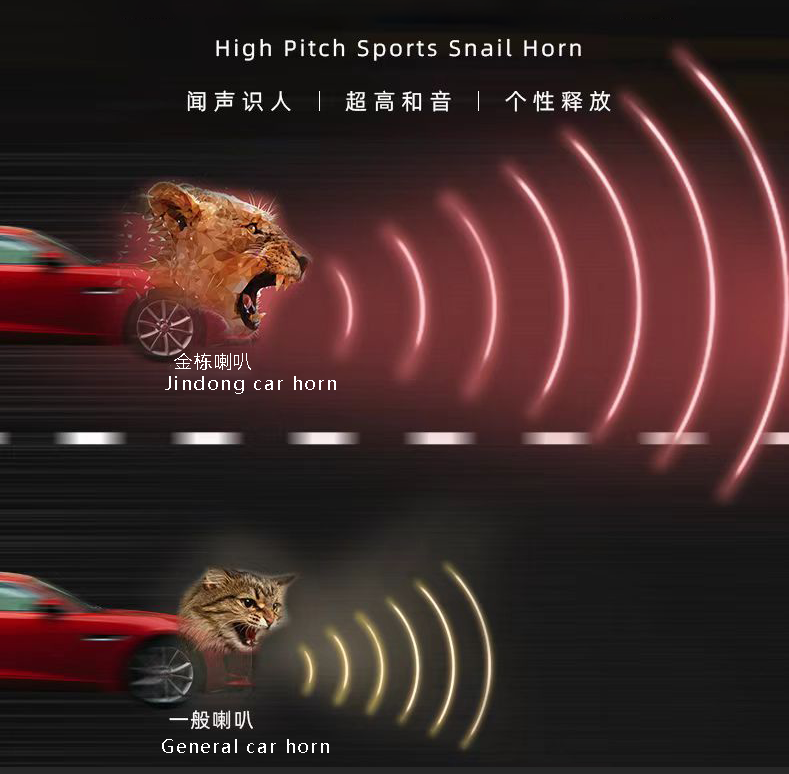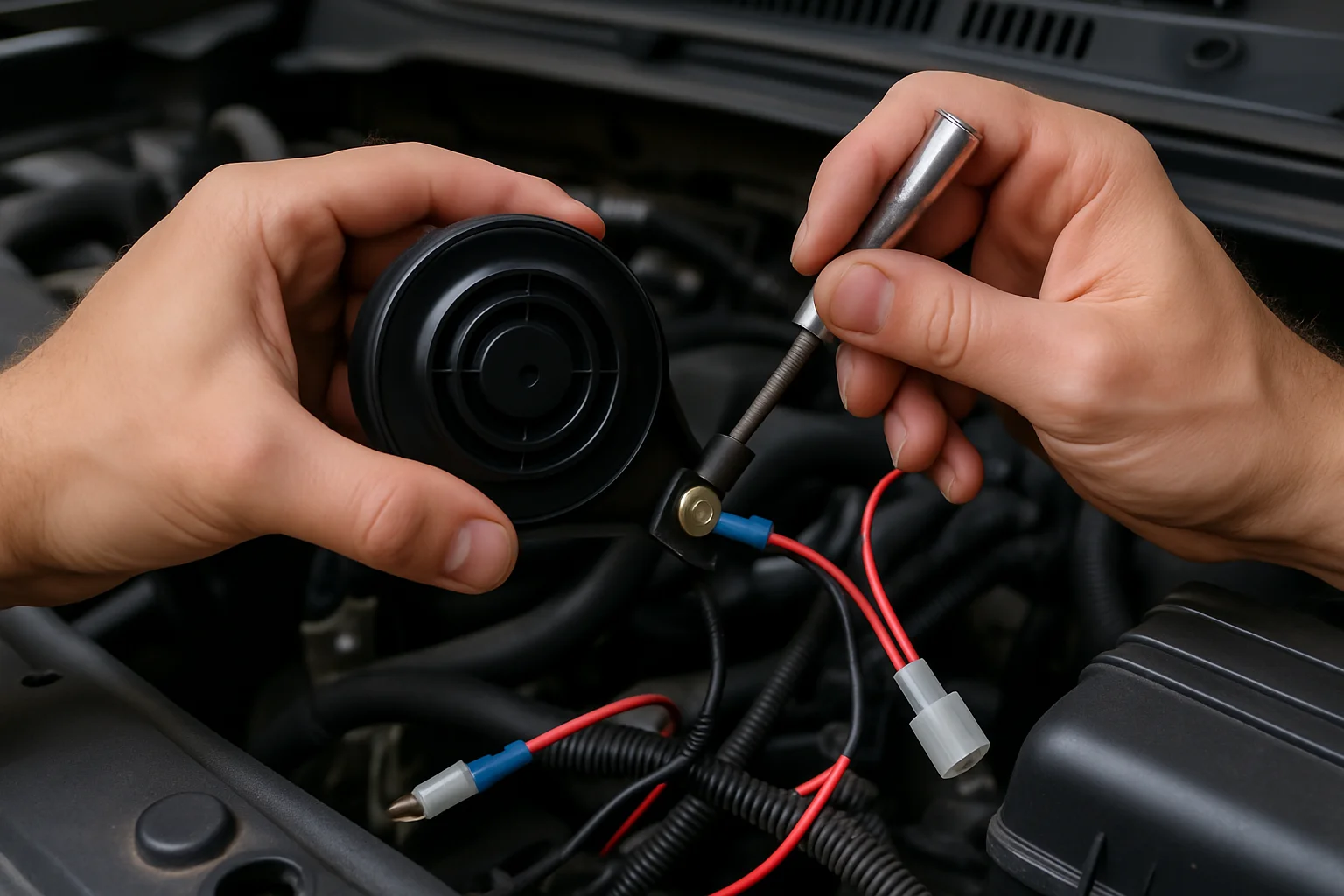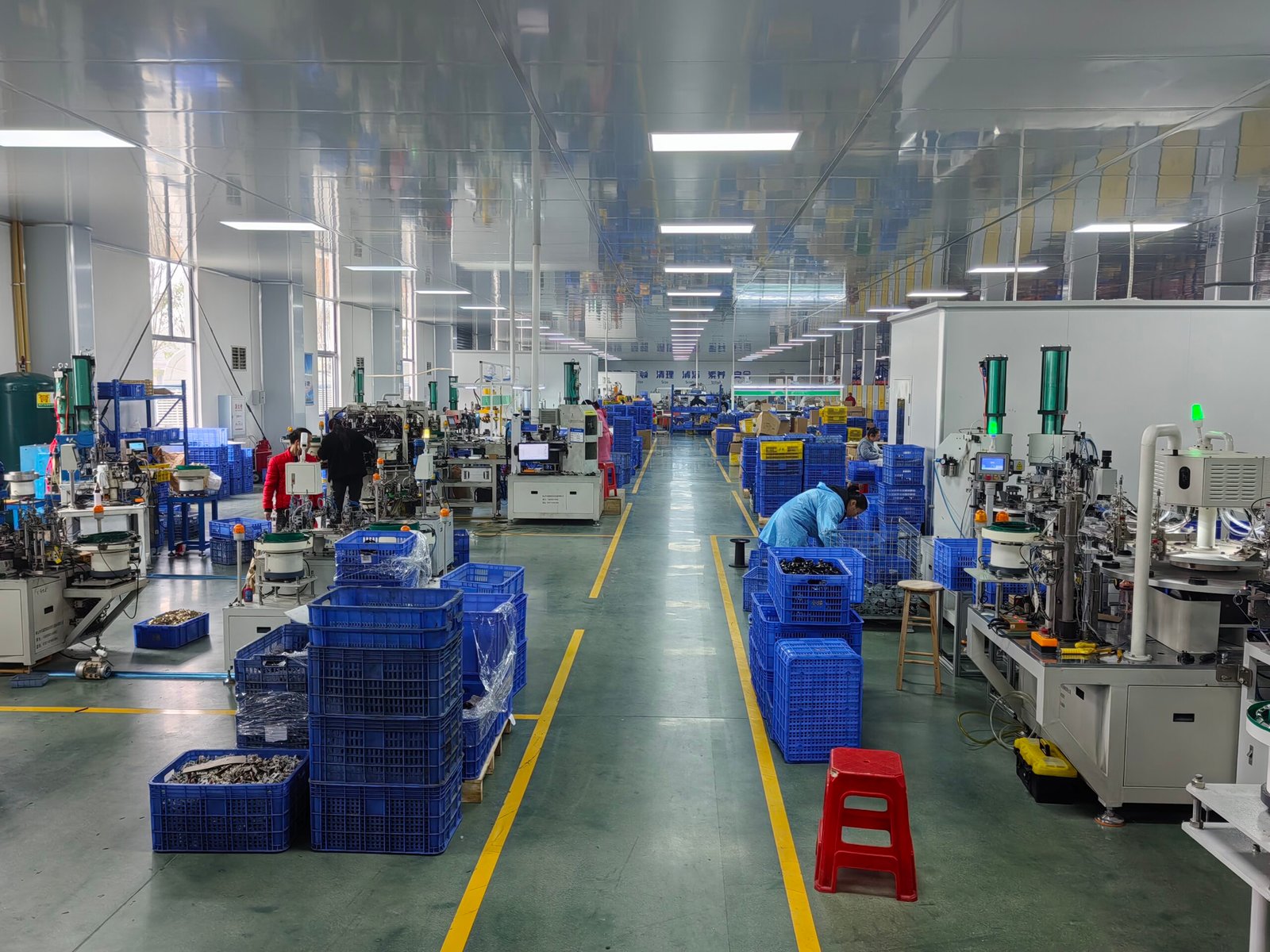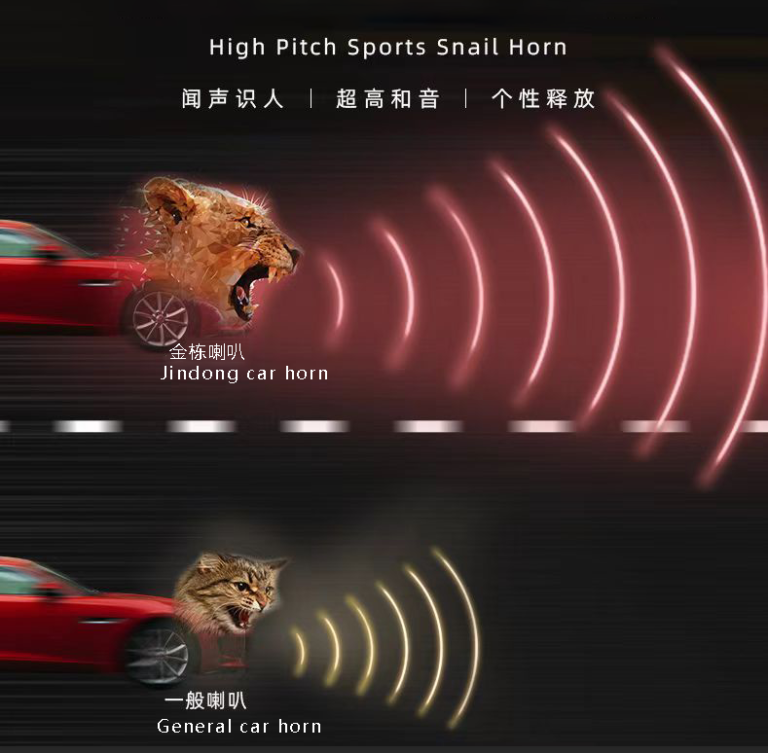Every driver knows the frustration of a weak horn that goes unheard. But choosing the right horn involves more than just volume - it's about safety, quality, and vehicle value.
The best car horns balance loudness (110-120dB), durability (2+ years), and clear tone quality while resisting weather, vibration, and electrical issues common in cheaper models.

Understanding these differences helps buyers make informed decisions. Let's examine what really matters in car horn selection.
The core function of a car horn: more than just a reminder, it's also a safety feature?
A horn that fails during an emergency is worse than no horn at all. Modern traffic conditions demand reliable, immediate auditory warnings.
Quality horns prevent accidents by delivering instant, unmistakable alerts at 0.2 second response times with consistent 360° sound projection meeting ECE R28 safety standards.

How Horn Design Affects Safety Performance
-
Response Time Comparison: Horn Type Activation Speed Effective Range Basic Disc 0.5 seconds 30 meters Premium Dual-Tone 0.2 seconds 50 meters -
Critical Safety Features:
- Copper coils instead of aluminum for consistent electrical flow
- Sealed chambers preventing moisture damage
- Vibration-resistant mounts maintaining alignment
-
Real-World Impact:
- Philippine jeepney operators report 40% fewer near-collisions after upgrading
- Russian winter tests show our horns work at -35°C when others freeze
Why high-quality car horns enhance the value of a vehicle?
Cheap horns scream "low budget" while quality units signal premium craftsmanship. The difference is audible and visible to discerning buyers.
Our OEM horns add value through custom branding options, superior materials (stainless steel vs plastic), and 2-year warranties that appeal to quality-conscious buyers.

Value-Adding Features Explained
-
Material Quality Differences: Component Economy Version Premium Version Diaphragm Thin aluminum Laser-cut steel Housing Basic plastic UV-stabilized ABS Connectors Bare metal Gold-plated -
Brand Enhancement:
- Custom logo engraving available
- Matching packaging options
- Certification documentation included
-
Market Advantages:
- Thai tuner shops charge 20% more for vehicles with our horns
- European distributors report faster turnover on premium horn lines
Analysis of the car horn production process: From raw materials to finished product?
Most buyers never see what separates quality horns from disposable ones. The difference begins at the raw material selection stage.
Our 23-step manufacturing process includes robotic welding, 100% sound testing, and 48-hour salt spray validation - procedures many competitors skip to cut costs.

Inside Quality Horn Production
-
Key Production Stages: Stage Quality Control Check Material Incoming X-ray metal analysis Assembly Laser alignment check Final Testing Decibel/cycle tests -
Critical Process Differences:
- Our copper coils are oxygen-free (reduces resistance)
- Each unit undergoes 100 activation test cycles
- Finished horns must pass monsoon simulation tests
-
Why It Matters:
- Vietnamese wholesalers report 0.3% defect rate vs industry 3%
- Kazakh distributors achieved 98% customer satisfaction
- Philippine fleet operators average 4-year horn lifespan
Conclusion
Choosing the right car horn involves understanding safety requirements, value addition, and manufacturing quality - areas where FHL GBSY JS-TECH excels. Contact us at info@jindongauto.com for OEM solutions.


